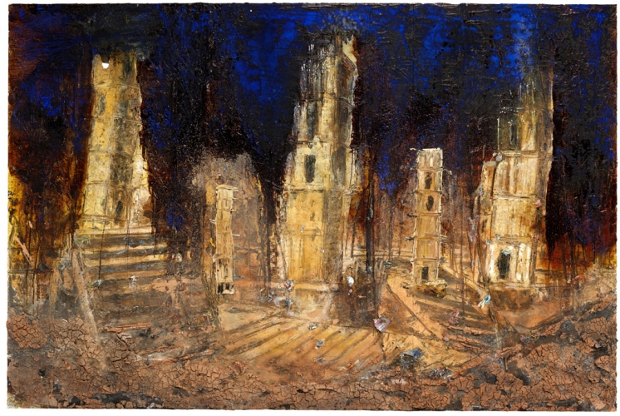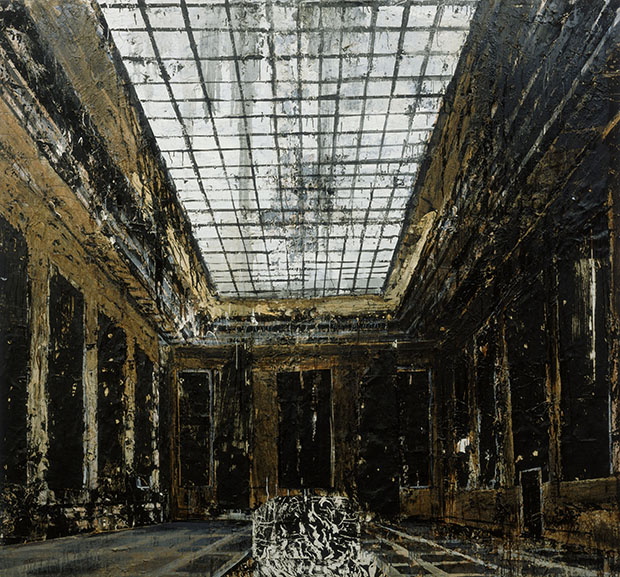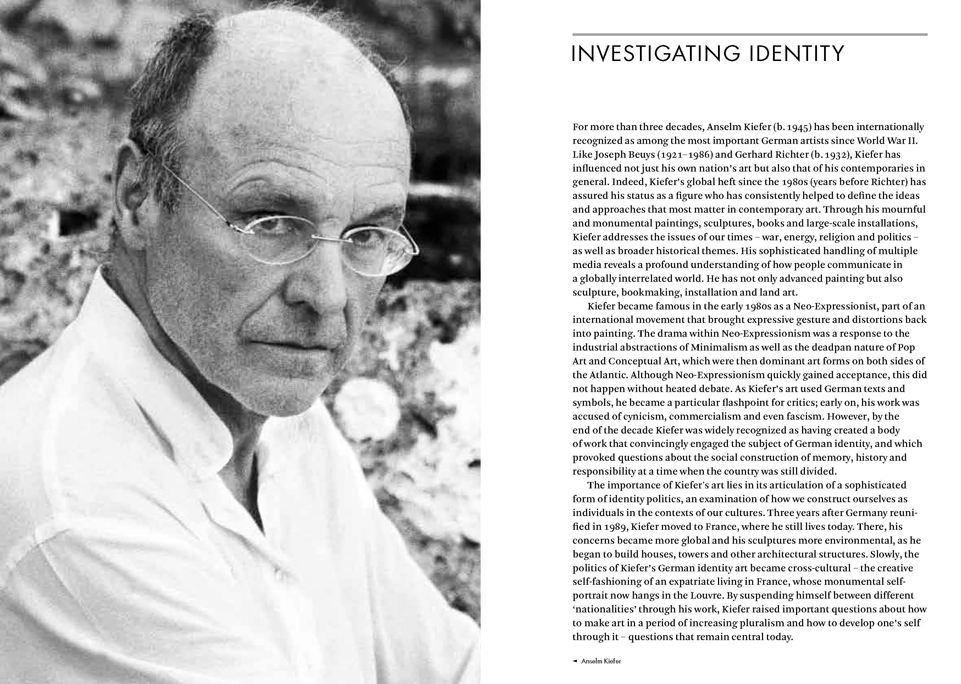
Anselm Kiefer goes to Viking heaven
The German artist wrestles with Norse mythology, identity and recent history in forthcoming London show
When the German artist Anselm Kiefer comes to London to open his new exhibition at his gallery, White Cube, later this month, he won’t be speaking at an art institution, but instead at the Royal Institute of British Architects.
Why is the 71-year-old painter and sculptor keen to engage an architectural audience? Well, Kiefer’s new exhibition is named after a very famous building, albeit an imaginary one. His new show is called Walhalla. Fans of Richard Wagner’s operas and Disney’s Thor movies might be able to picture the place, within the mythical Norse version of heaven, Asgard, more commonly spelled Valhalla in English, which means “the hall of the slain,” the place where warriors killed in the of battle spend the afterlife.
Ever since coming to prominence in the 1970s, Kiefer has looked into the intersection of the dreams and myths of his fellow Germans, and the problems they present a contemporary, historical context, and he’s often done this by engaging with architecture.
His 1981 painting, Interior (Innenraum), reproduced on the cover of our Anselm Kiefer Phaidon Focus book, represents Adolf Hitler’s Mosaic Room in the New Reich Chancellery which, in turn was created in a pompous, neo-classical style by Albert Speer to “to connote authority, discipline, order and permanence,” writes professor Matthew Biro in our book.

The building in this new show is depicted in a similarly grainy, crepuscular manner, with the artist working shellac and clay beside the oils, acrylics and emulsions on the canvases. However, there are some big differences, as White Cube explains. Wallhalla isn’t a neat Nazi hall, instead “a series of high towers are set amid desolate landscapes, their stacked forms exploding and dissolving into clouds of deep black or caustic blue smoke,” according to White Cube. “In one such painting, Kiefer depicts the towers up-close, as if the viewer has found themselves in the ruins of some ancient city.”
Are they the result of some awful blitzkrieg, or ruined from years of neglect? It’s hard to say, though we’d be on safer ground when inferring Richard Wagner’s influence over the world. The German composer, whose works drew heavily on Norse myths and who is commonly associated with the Nazis, is a common reference point in Kiefer’s works. It is through Wagner’s work that many of us know of the Valkyrie, a mythical figure key in understanding another White Cube work.
Entitled Stairway to Heaven, the gallery describes this sculpture thus: a “dramatic, rusted metal spiral staircase disappears into the ceiling. Along its handrails hang curling strips of film reel, mounted onto lead, and soiled, robe-like dresses on wire coat hangers. In Norse mythology, Valhalla is linked to the Valkyries; women who decided who would live and who would die in battle. After making this choice, the Valkyries accompanied the dead to Valhalla.”

These are complemented by a series of metal beds, “set close together, within a long, narrow room that has also been lined with oxidised lead. Above each bed, a small label bears the hand-written name of a person that is significant to the artist and, at the end of the room, a black and white photograph mounted on lead depicts a lone figure walking away into a bleak, wintery landscape.”
Kiefer began making a similar series of beds in 1992, entitled Women of the Revolution, which as Biro explains in our book, “seemed to memorialise absent figures.”
Almost everyone visiting this exhibition will understand that need to remember those lost to us, even if almost everyone who sees these works knows there is no such place as Walhalla. Perhaps this is Kiefer’s point.
As Biro puts it in our book, the German artist’s work serves as “an examination of how we construct ourselves as individuals in the contexts of our culture.” While we’re as likely to rely on Norse mythology as we are to believe the 2013 movie Thor: The Dark World was a feature documentary, that doesn’t stop us from wanting something epic and everlasting, even when it is as murky, fragile and disaster prone a Kiefer’s new version of this old heaven.